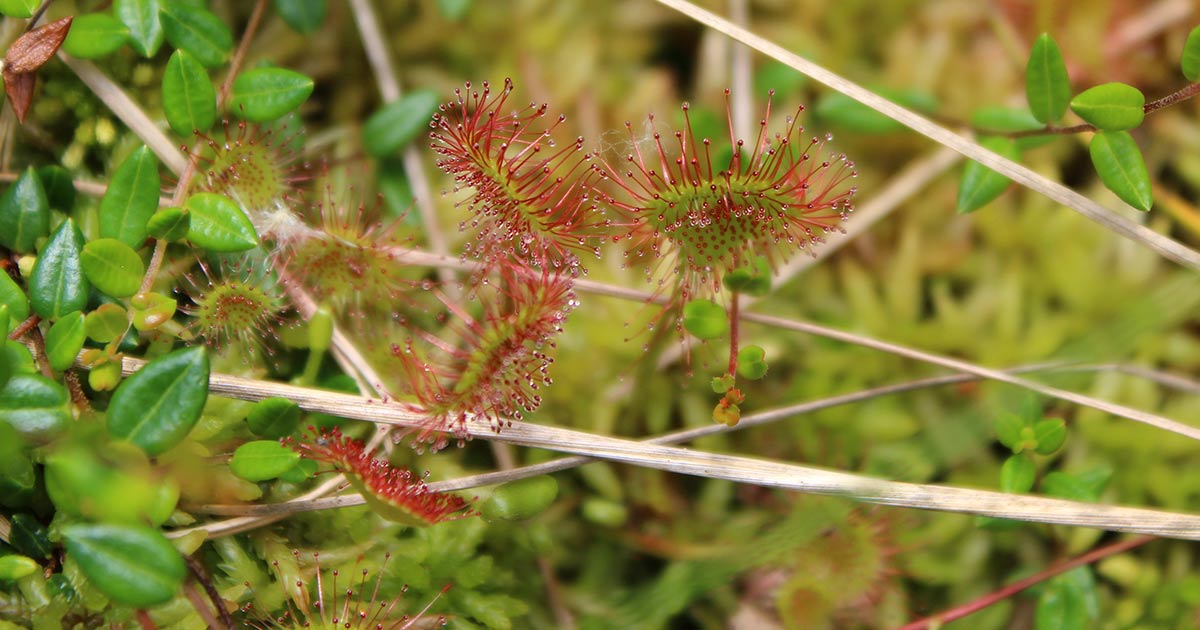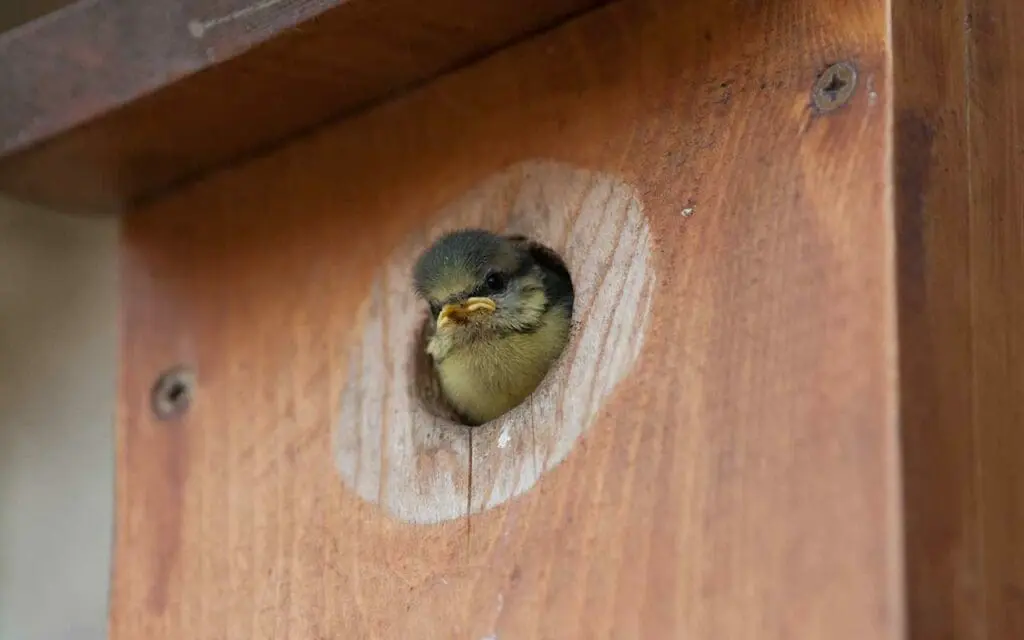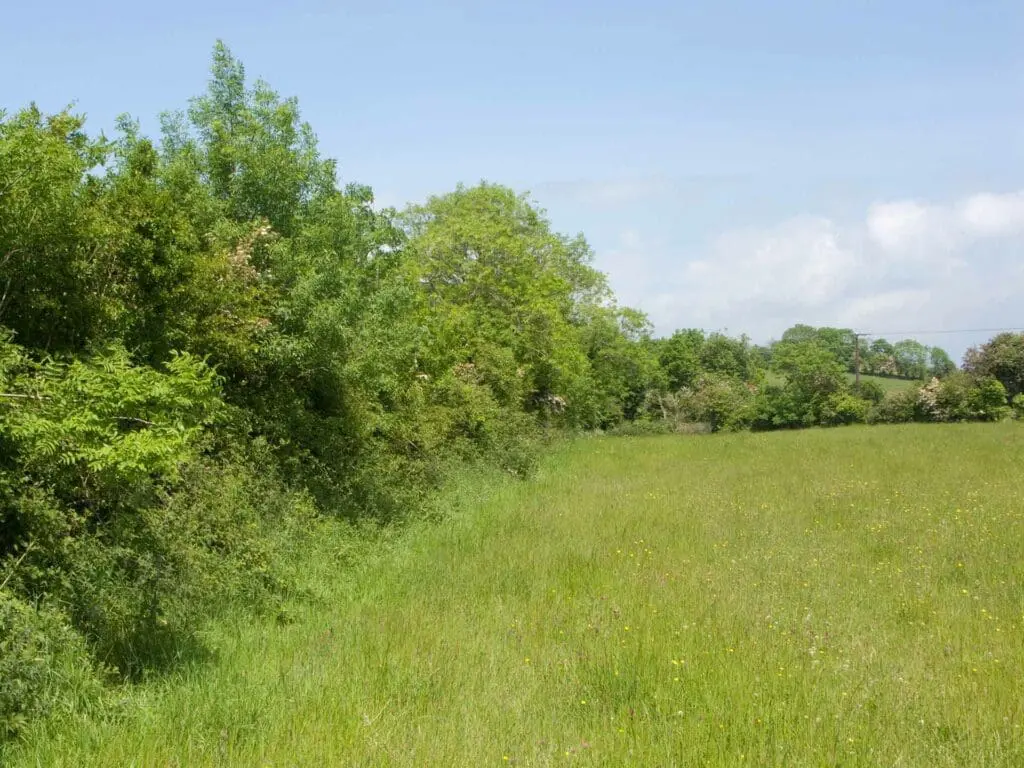Peat is, without a doubt, great for growing plants in. So why should we not use peat in our gardens? Well, peat bogs are home for a wide range of plants, insects and bird life.
Since 1999 the development of commercial alternatives to peat has increased. The media has also made efforts to help spread the word about why peat should remain in its natural environment. Public concern lead the UK government to set voluntary targets to reduce the use of peat in gardens to zero by 2020 and for the professional horticulture industry by 2030.
But, despite those efforts, the consumption of peat in the UK is still very high. Most of the UK’s 2.2 million cubic metres of peat is imported from Ireland each year. This is used primarily in horticulture – peat is a big industry worth £5 billion.
Let’s leave peat where it belongs – in its natural environment. UK peatlands hold about 5.5 billion tonnes of carbon, which is much more than the 150 million tonnes absorbed British forests each year. Peatlands are also valuable habitats that provide many other benefits. They are home for rare species. They preserve a record of past vegetation, landscape and people, which helps archaeological studies; and they can hold 20 times their own weight in water, preventing floods by soaking up rain like a sponge, and providing drinking water for more than 30 million people in the UK.
It takes centuries for a bog to grow – at about 1mm a year!
Alternatives to the use of peat in the garden
Changing our gardening ways is not an easy task, especially when we’re used to something that just works! But with an understanding of the reasons and alternatives, it is much easier to make the right decision, especially when it is one that benefits the environment and helps reduce our contribution to climate change.
No matter what you are growing, always follow the advice of the Royal Horticultural Society(RHS): “Choose peat-free compost with good on-label information.” Be creative! With the same passion with which you grow your plants, you can create your own soil mixes, according to your garden’s needs.
The proper mix needs to be free of pests and diseases, provide the correct nutrients, retain moisture and air, drain well and hold plant roots firmly. Green compost, home compost, wood fibre, coir, leaf mould, loam, sharp sand and composted pine bark are widely used materials for compost mixes. The proportions and mix can make or break any home-made compost.
Monty Don’s recipes
For seed sowing
25 per cent garden compost, 50 per cent leaf mould, 15 per cent vermiculite, 10 per cent loam.
Potting on
33 per cent garden compost, 33 per cent leaf mould, 10 per cent loam, 25 per cent(ish) grit – without needing to be precise. Monty himself admits to doing it by the bucket or spade full.
Commercial peat-free composts
Some of the best peat-free composts – the SylvaGrow range – are made by Melcourt and endorsed by the RHS.




